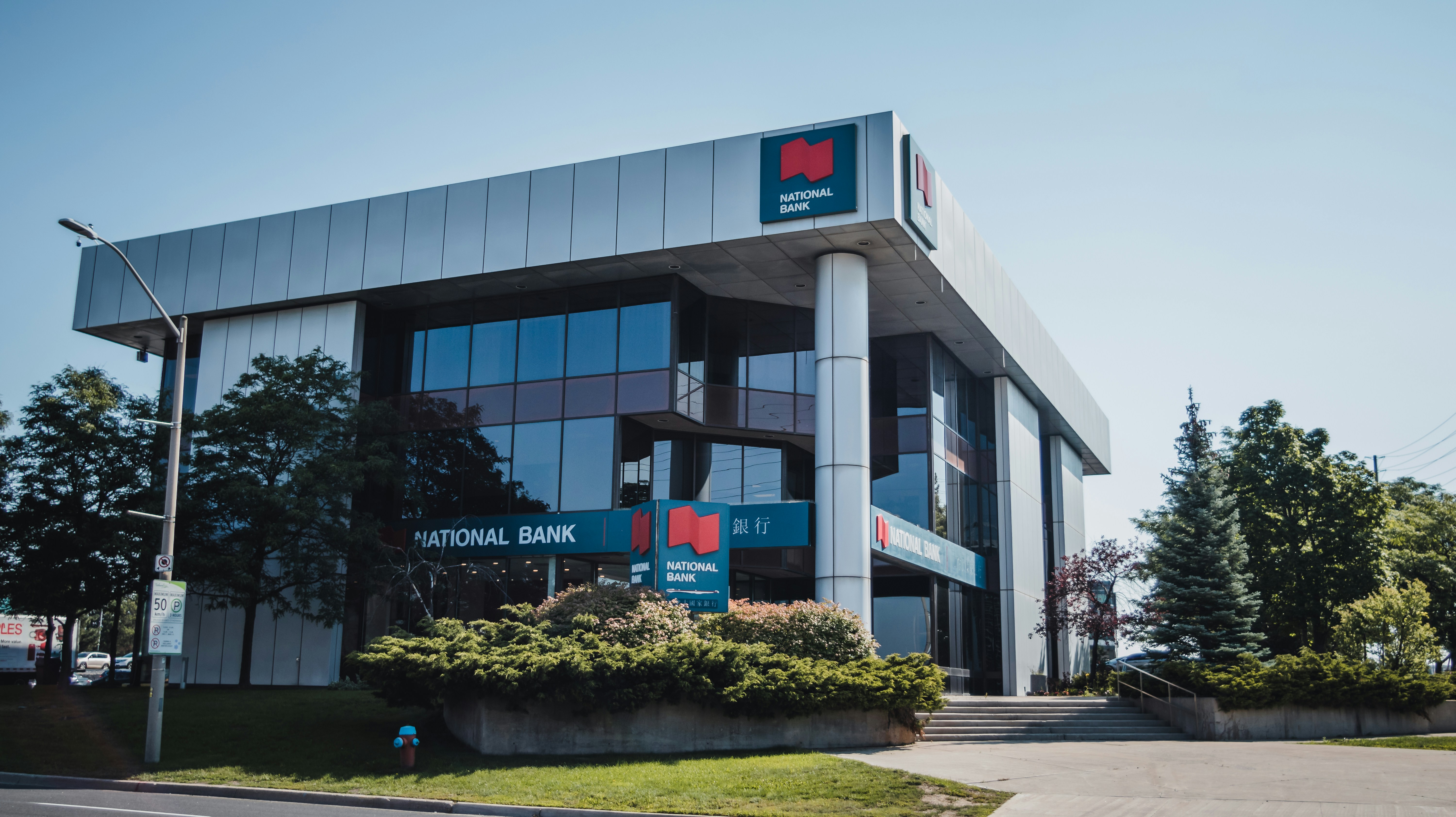Real Estate Tips
What is a Lease Option and How Does it Work?
A lease option, often referred to as a rent-to-own arrangement, is a unique real estate strategy that combines elements of leasing and purchasing. This approach provides tenants with the opportunity to potentially buy the property they are renting at a later date. Let's explore the intricacies of lease options and how they work in the realm of real estate.
1. Defining Lease Option:
a. Hybrid Agreement:
A lease option is a hybrid contract that combines a lease agreement with an option to purchase the property within a specified timeframe.
b. Tenant's Right, Not Obligation:
The tenant has the option, but not the obligation, to buy the property. This right is typically exercised at the end of the lease term.
2. Key Components of a Lease Option:
a. Lease Agreement:
The tenant signs a standard lease agreement, outlining terms such as monthly rent, lease duration, and responsibilities for maintenance.
b. Option Fee:
In exchange for the right to purchase the property, the tenant pays an option fee upfront. This fee is often negotiable and may or may not be refundable.
c. Purchase Price:
The lease option specifies the purchase price at which the tenant can buy the property. This price is typically agreed upon at the beginning of the lease term.
d. Lease Term:
The lease term is the duration of the lease agreement, during which the tenant has the option to buy the property.
3. How a Lease Option Works:
a. Occupancy and Rent Payments:
The tenant occupies the property and pays rent as per the lease agreement, similar to a traditional rental arrangement.
b. Option Period:
During the option period, which is a specified timeframe within the lease, the tenant has the right to exercise the option to purchase.
c. Exercising the Option:
If the tenant decides to buy the property, they inform the landlord, and the process of purchasing the property is initiated.
d. Application of Option Fee:
The option fee paid by the tenant is often credited toward the purchase price, reducing the overall cost.
e. Financing:
The tenant secures financing to complete the purchase. This may involve obtaining a mortgage or alternative financing.
f. Closing the Deal:
The purchase is finalized through a closing process similar to a traditional real estate transaction.
4. Advantages of Lease Options:
a. Path to Homeownership:
Lease options provide tenants with the opportunity to transition from renting to homeownership.
b. Price Lock:
The agreed-upon purchase price is locked in, protecting the tenant from potential property value increases.
c. Flexibility:
Tenants have the flexibility to decide whether to exercise the option, providing more time to assess the property and financial readiness for homeownership.
5. Considerations and Risks:
a. Non-Refundable Option Fee:
The option fee is often non-refundable, so tenants should carefully consider their decision to exercise the option.
b. Market Changes:
Property values may fluctuate during the lease term, impacting the perceived advantage of a locked-in purchase price.
c. Financial Preparedness:
Tenants must be financially prepared to secure financing for the property purchase when exercising the option.
Conclusion
A lease option is a creative real estate arrangement that provides flexibility for tenants and the potential for homeownership. However, it comes with considerations and risks that both parties should carefully assess. Whether you're a tenant exploring the path to homeownership or a landlord considering a lease option, understanding the dynamics of this arrangement is essential for making informed decisions in the ever-evolving landscape of real estate.




